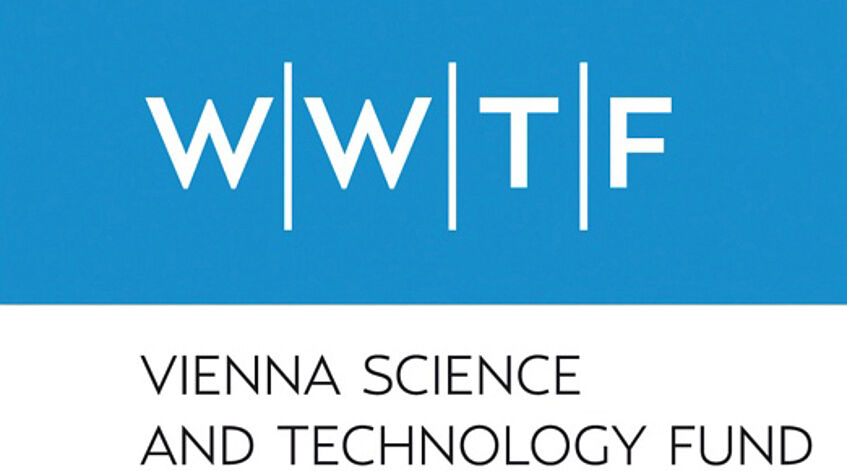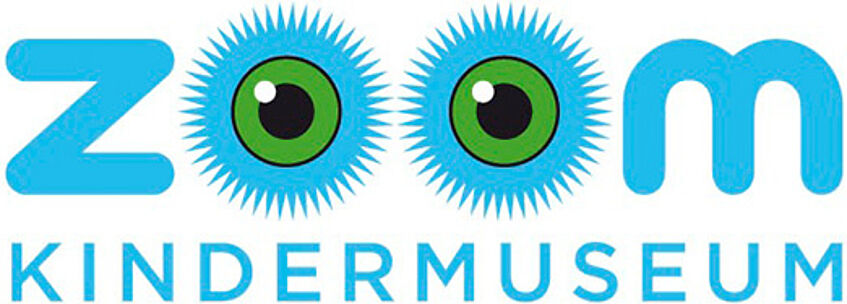Wild Colors, Gentle Lines?
Engaging with color and line in an interactive children’s environment
WWTF Project (Dec. 2019 - 0ct. 2020)
Hanna Brinkmann (PI), Rosa Sancarlo, Dorothea Brunialti, Bettina Bernegger, Lea Daro, Christian Ganzer, Luise Reitstätter, Raphael Rosenberg, Andrea Zsutty
What do colors mean to me? Can I also taste, hear, smell and feel colors? What can different lines tell us? Drawing, painting and experimenting with lines and colors tend to be common activities of most children’s lives. But also, lines and colors are the very basic elements of painting, especially abstract art. Artists like Vassily Kandinsky were fascinated by lines and colors and the effect they have on the viewers. Kandinsky himself created a questionnaire at the Bauhaus in 1923 to test if basic shapes (triangle, circle, square) are attributed to the colors yellow, blue and red.
Over the last 3 years we conducted theoretical and empirical research on the universality of the effects of lines and colors in the context of art (https://linesandcolors.univie.ac.at/en/). With the project “Wild Color, Gentle Lines” we are building a bridge between the academic world and the broad audience, focussing on a specific group: children and their families. We will transfer our acquired knowledge in a selected and explanatory manner, enriched with a strong playful aspect to create thought-provoking impulses. This way we hope to encourage enthusiasm for arts and science.
Our cooperation partner for this transfer project, the ZOOM Kindermuseum, is the perfect environment for this informal and social learning. We aim to pass on knowledge in a number of different playful and interactive ways: 1. verbal and visual communication within the framework of an installation in the museum's entrance area; 2. participation through rating and coloring stations; and 3. active engagement in a) themed workshops through a deeper exploration of the topic b) animation workshops in a digital format. With the ZOOM being located in the Museums Quartier we can reach a diverse, heterogeneous and intergenerational audience. Consequently, research gets graspable, real and related to the everyday life of different communities.
Ansprechperson Projekt:
Dr. Hanna Brinkmann, hanna.brinkmann@univie.ac.at
Presse:
Wie Kinder Linien und Farben wahrnehmen (uni:view, 27.07.2020)



